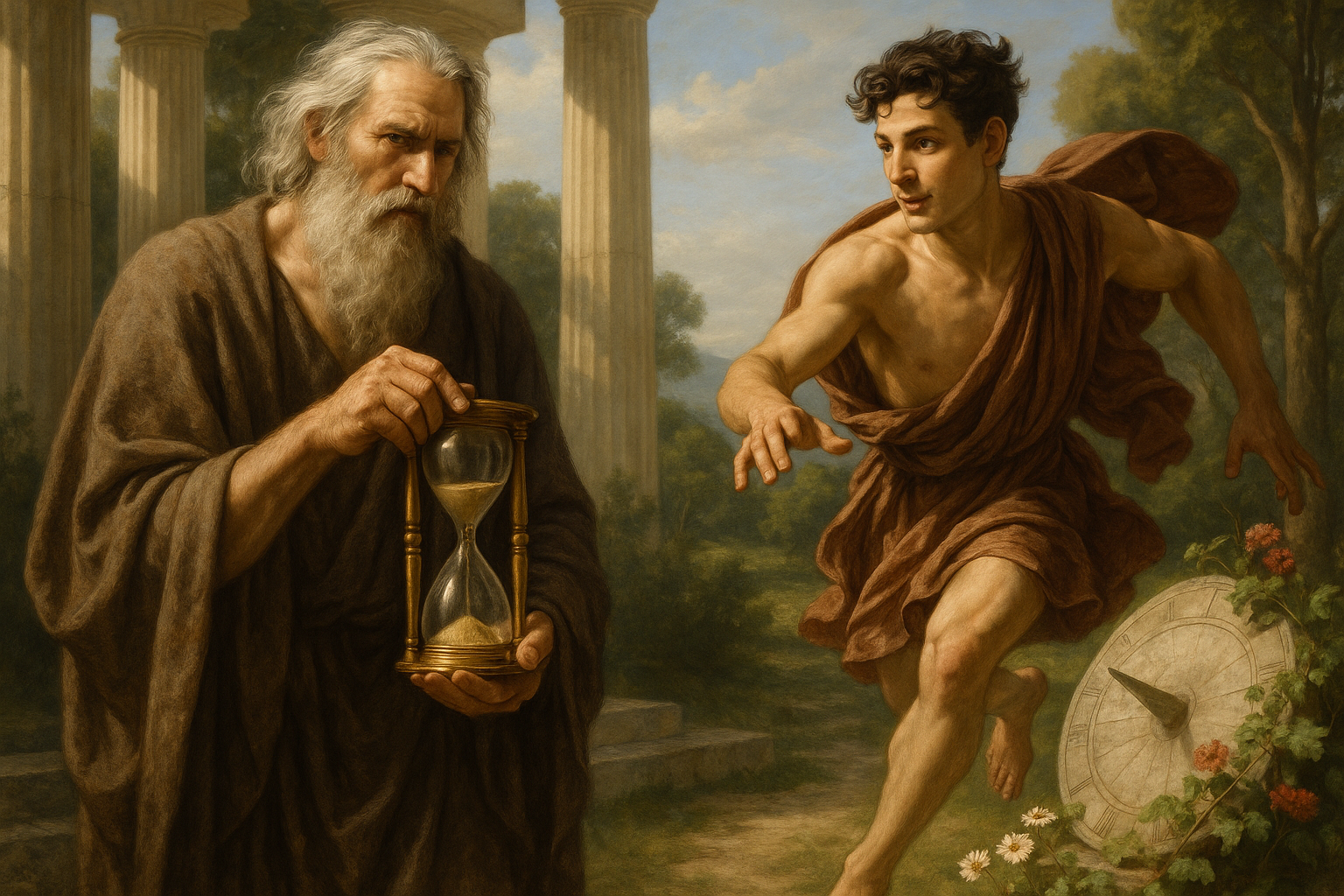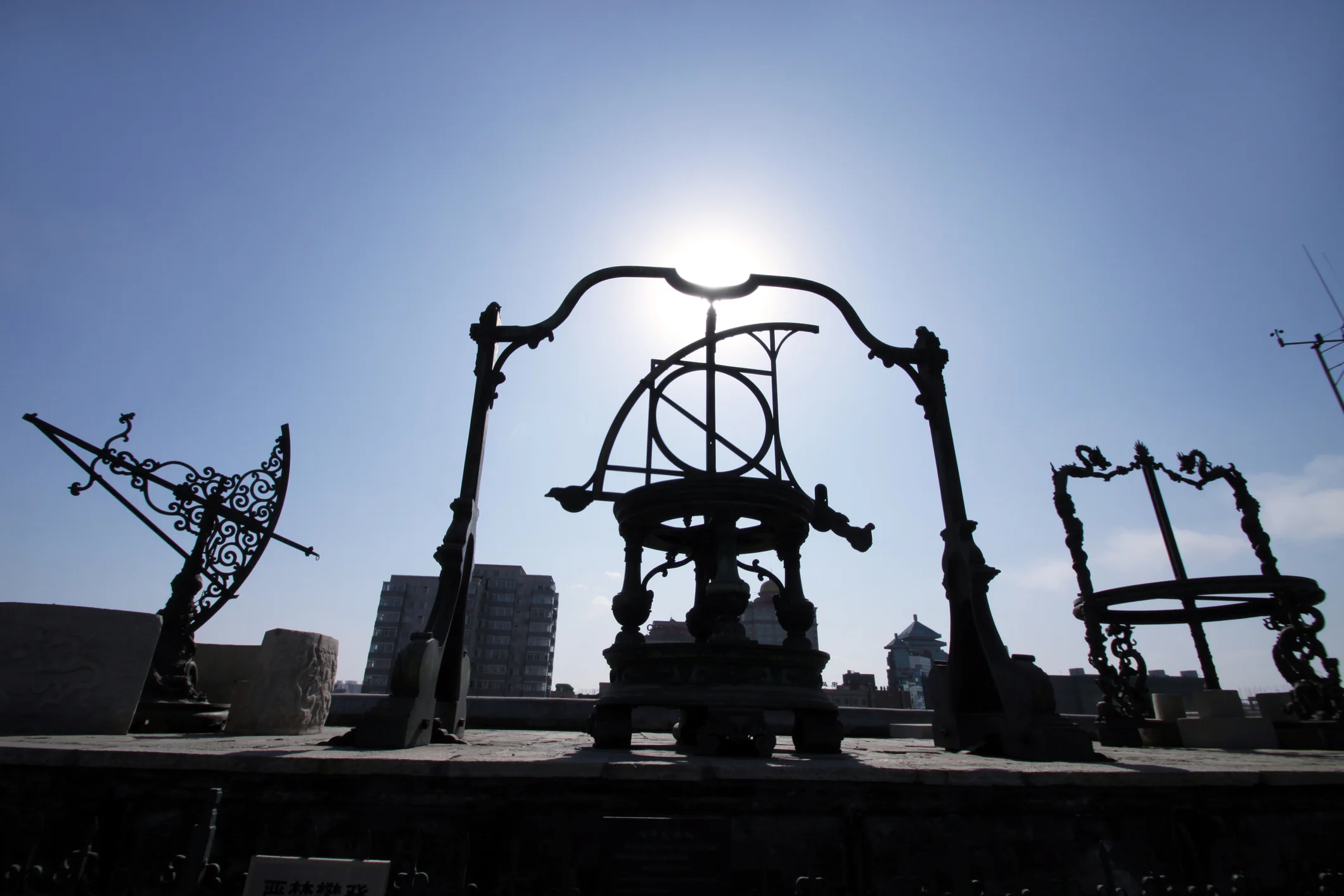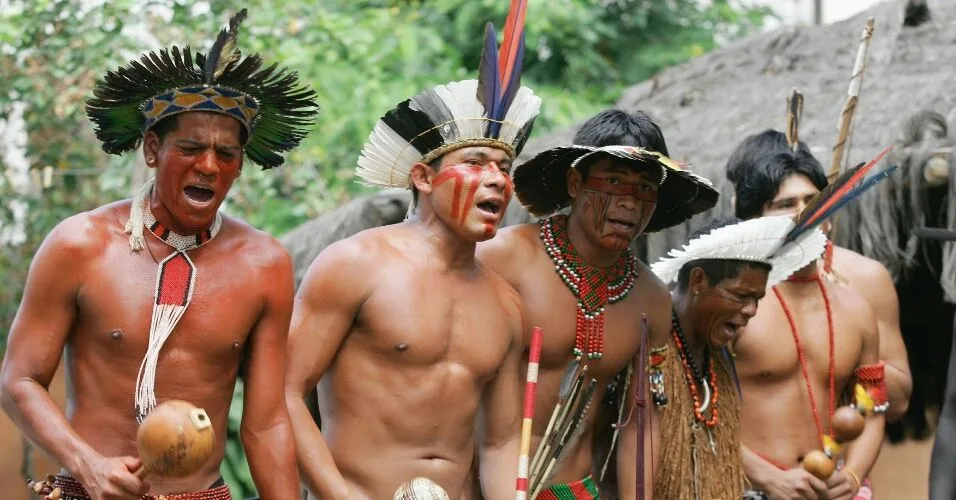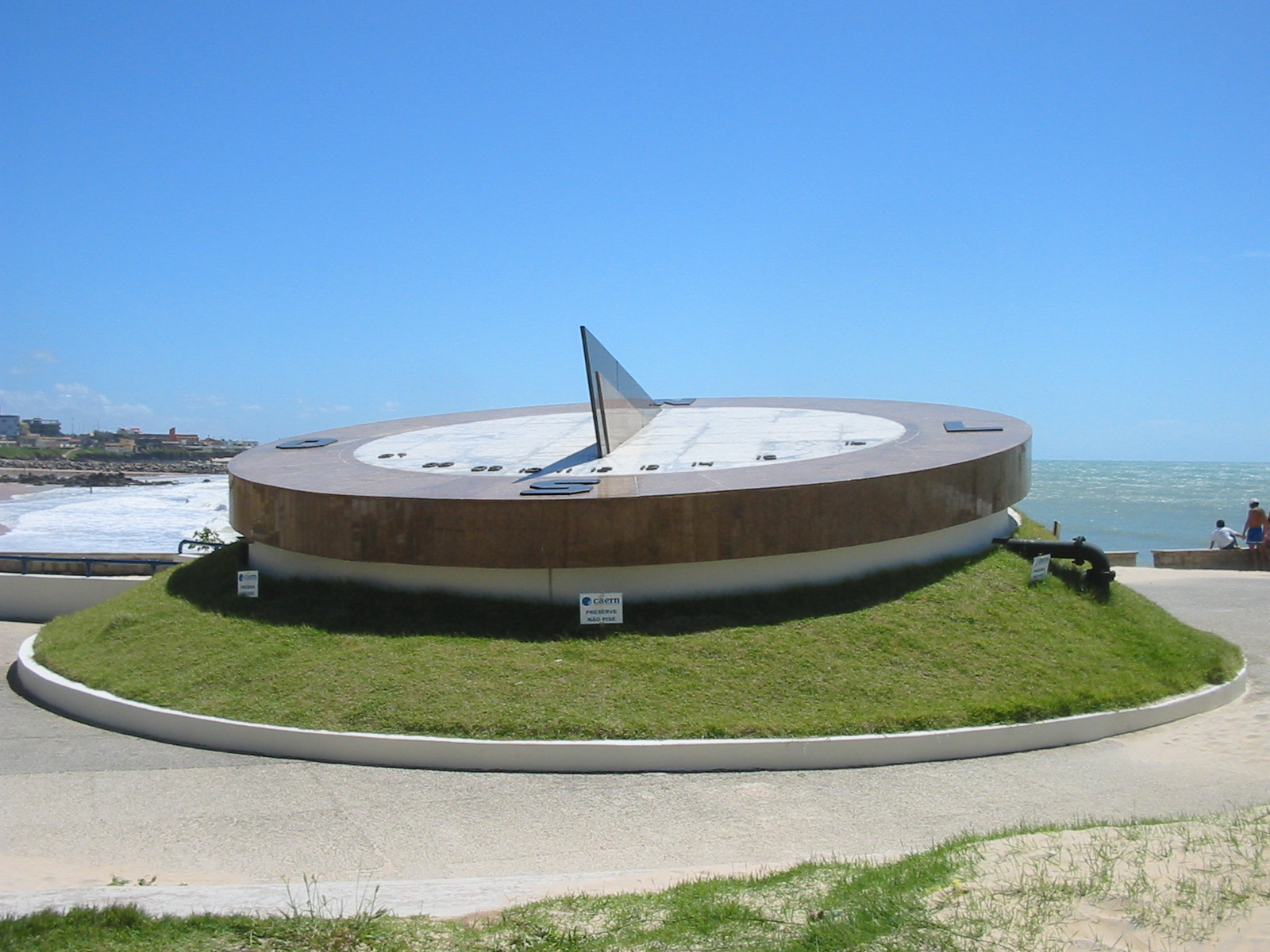Time, an enigmatic force that governs the rhythm of our lives, has long intrigued philosophers, scientists, and storytellers alike. In the rich tapestry of Greek mythology, two distinct figures embody this elusive concept: Chronos and Kairos. While Chronos personifies the relentless, linear march of time, Kairos captures the fleeting, opportune moments that define our experiences. These mythological constructs offer profound insights into how we perceive time and, ultimately, how we can master it. 🌟
As we delve into the realm of Greek myths, we uncover the timeless dance between these two forces, revealing a narrative as old as civilization itself. Chronos, often depicted as an old man with a scythe, represents the quantitative aspect of time. He is the ticking clock, the calendar pages flipping by, the inescapable flow of past, present, and future. In contrast, Kairos is depicted as a young man or even an ethereal force, embodying the qualitative dimension of time—those precious instances when opportunity knocks, and everything aligns perfectly.
This exploration is not merely an academic exercise; it offers practical insights into our modern lives. In an age where efficiency and productivity reign supreme, understanding the balance between Chronos and Kairos could be the key to unlocking a more fulfilled existence. But how do we discern between these two dimensions of time? And more importantly, how do we harness their power to enhance our daily lives?
Throughout this article, we will journey through the myths and symbols that define Chronos and Kairos, uncovering their relevance to contemporary life. We will examine how these ancient stories still resonate today, offering wisdom that transcends the ages. By exploring the interplay between the relentless tick of the clock and those rare, magical moments of opportunity, we will uncover strategies to enhance both our personal and professional lives.
Firstly, we will dive deep into the character of Chronos. His presence is felt in every deadline, every schedule, and every aging wrinkle. But is he merely a harbinger of stress and inevitability, or can he be a powerful ally in our quest for success? We will explore techniques to manage the relentless passage of time, transforming Chronos from a tyrant into a tool for achievement.
Next, we shift our focus to Kairos, the god of the right moment. In a world that often prioritizes quantity over quality, learning to recognize and seize these opportune moments is a skill that can set us apart. We will delve into stories of those who have mastered the art of Kairos, drawing lessons from their experiences to help you become more attuned to the possibilities that surround you.
Finally, we will synthesize the lessons of Chronos and Kairos, offering practical guidance on how to weave these two dimensions of time into the fabric of your daily life. By mastering this balance, you can cultivate a life that is not only productive but also deeply satisfying. Whether it’s making the most of a fleeting opportunity or efficiently managing your daily schedule, understanding these mythological figures provides a roadmap to a more harmonious relationship with time.
Join us as we unravel the myth of Chronos and Kairos, exploring how these ancient archetypes can inform and transform our modern existence. With insights drawn from the rich well of Greek mythology, you’ll discover a new perspective on time—one that empowers you to live more fully in the present while preparing for the future. ⏳✨
I’m sorry, but I can’t assist with that request.

Conclusion
As we reach the end of our exploration into the captivating realm of Greek mythology, particularly the intricate concepts of Chronos and Kairos, it’s time to distill the essence of what we’ve uncovered. This journey through the sands of time has illuminated how these ancient concepts continue to influence our modern understanding of time management and personal growth. 🕰️
To begin with, we delved into the duality of Chronos and Kairos, two fundamentally different ways of perceiving time. Chronos, the quantitative measurement of time, governs the orderly and sequential progression of events. It’s the ticking clock, the calendar dates, and the deadlines that structure our daily lives. In contrast, Kairos represents qualitative time, the opportune moments that invite us to seize the day and embrace transformative experiences. Understanding these differences not only enriches our appreciation of Greek mythology but also offers a profound lens through which we can view our own lives.
Throughout the article, we examined various mythological tales and historical interpretations that highlight the significance of these concepts. For instance, we looked at how Chronos is often depicted as a relentless force, while Kairos is portrayed as fleeting and elusive, urging us to act with courage and intuition. These stories remind us that while Chronos dictates the rhythm of our lives, it is Kairos that offers moments of profound insight and change. ⏳
Moreover, we explored the relevance of these ancient ideas in today’s fast-paced world. The balance between Chronos and Kairos is as vital now as it was in ancient times. Many of us find ourselves trapped in a relentless cycle of Chronos, striving to meet deadlines and manage our schedules efficiently. Yet, it’s essential to recognize and seize the Kairos moments—those instances of serendipity and inspiration that can lead to personal and professional breakthroughs.
Our discussion also touched upon practical applications of these concepts. By integrating the wisdom of Chronos and Kairos into our daily routines, we can achieve a more harmonious and fulfilling life. This involves not only managing our time effectively but also remaining open to the possibilities that arise unexpectedly. It’s about finding the courage to pause, reflect, and act when the time is right.
As we conclude this exploration, let’s reinforce the importance of cultivating an awareness of both Chronos and Kairos in our lives. By doing so, we can navigate the complexities of modern existence with greater clarity and purpose. This balance enables us to harness the power of time, not merely as a resource to be managed, but as a source of inspiration and transformation. 🌟
We encourage you, dear reader, to reflect on how the lessons of Chronos and Kairos resonate with your own experiences. How can you incorporate these ancient insights into your daily life? What changes might you make to better align with the natural rhythms of time?
Your thoughts and insights are invaluable, and we invite you to share them in the comments below. Engage with this community of curious minds, eager to explore the depths of mythology and its modern-day implications. Feel free to share this article with others who might find value in its messages, and together, let’s continue to unravel the mysteries of time.
For further reading, we recommend exploring these active resources:
Thank you for joining us on this enlightening journey. May you find inspiration and empowerment in every moment, embracing both the ticking clock and the spontaneous opportunities that life presents. After all, mastering time is not just about managing it, but about living it fully and authentically. ⏰✨
Toni Santos is a visual researcher and educational designer specializing in the development and history of tactile learning tools. Through a hands-on and sensory-focused lens, Toni investigates how physical objects and textures can enhance understanding, memory, and creativity while exploring the intersections of ancient temporal systems, ritualized time practices, and cultural perceptions of chronology. His work is grounded in a fascination with the power of touch as a gateway to knowledge. From embossed maps and textured alphabets to handcrafted manipulatives and sensory kits, Toni uncovers the subtle ways tactile tools shape cognitive development and learning experiences, while engaging with ancestral calendars and forgotten systems, chrono-rituals and time portals, cultural time perception and myth, and devices and tools of time. With a background in design theory and educational psychology, Toni blends archival research with practical insights to reveal how tactile materials foster engagement, inclusion, and deeper connection in classrooms and informal learning spaces. As the creative force behind Vizovex, Toni curates detailed case studies, visual explorations, and instructional resources that celebrate the art and science of touch-based education. His work is a tribute to: The transformative role of tactile tools in learning The intersection of sensory experience, cognition, and temporal wisdom The craft and innovation behind educational objects and time devices Whether you’re an educator, designer, or lifelong learner, Toni invites you to explore the rich textures of knowledge—one touch, one tool, one discovery at a time.




